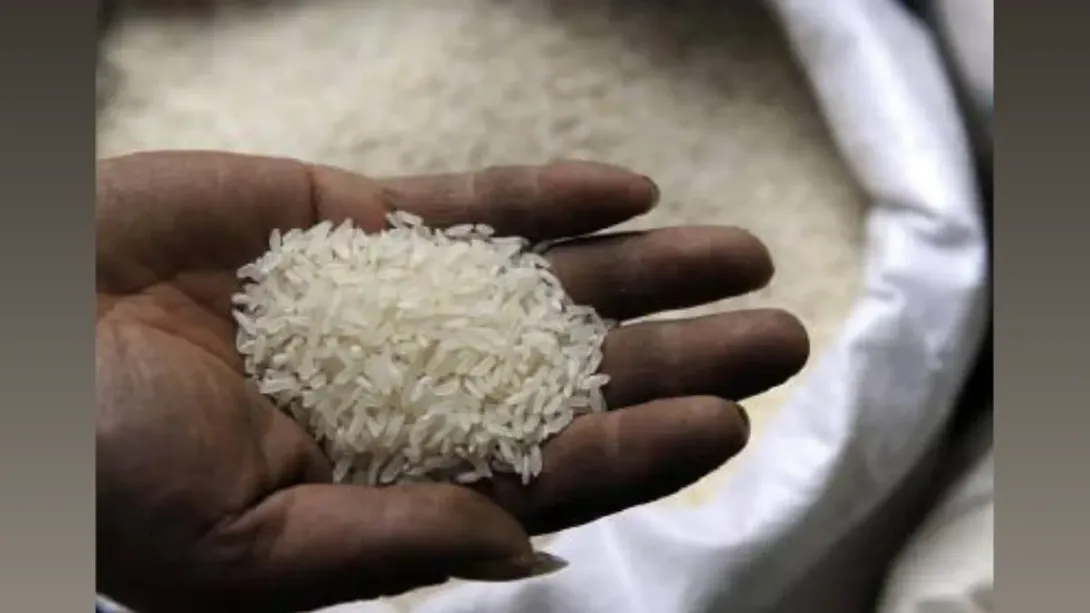India is intensifying its push to expand rice exports to 26 international markets, as part of a strategic initiative led by the Agricultural and Processed Food Products Export Development Authority (APEDA). The move aims to diversify export destinations, strengthen trade relationships, and enhance the country’s dominance in global rice markets. Leveraging its production capacity and competitive pricing, India seeks to tap into new regions across Africa, the Middle East, Europe, and Latin America. This expansion strategy aligns with the government’s broader vision to boost agri-exports, ensure value addition, and stabilize farm income amid evolving global demand patterns.
---
Strengthening India’s Global Trade Footprint
India, the world’s largest rice exporter, is taking decisive steps to broaden its international footprint by targeting 26 new export destinations. The initiative, spearheaded by APEDA under the Ministry of Commerce and Industry, is designed to reduce dependency on a few traditional markets and unlock untapped potential in emerging economies.
The plan is part of India’s broader effort to sustain its agricultural export momentum and increase farmers’ income by promoting diversified and high-value rice varieties. With global food security concerns rising, India’s rice exports serve as a crucial stabilizing factor in the international grain trade.
---
Focus on Market Diversification and Value Addition
The targeted expansion will include countries across Africa, Latin America, and Europe—regions that have shown growing demand for Indian non-basmati and basmati rice. APEDA has been actively engaging with foreign trade bodies and embassies to facilitate market access, address quality standards, and establish stronger trade linkages.
The diversification strategy not only mitigates risks associated with overreliance on traditional buyers such as the Middle East and Southeast Asia but also encourages exporters to focus on value-added and branded rice products. This approach aligns with India’s long-term goal of positioning itself as a supplier of premium-quality food grains rather than just a bulk exporter.
---
Driving Agri-Export Growth Amid Global Challenges
The export expansion comes at a time when global food markets are navigating volatility due to climate change, supply chain disruptions, and geopolitical tensions. India’s robust agricultural infrastructure, supported by favorable monsoon patterns and advanced milling capacity, provides a competitive edge in meeting rising international demand.
APEDA’s recent efforts include trade delegations, participation in international food fairs, and the promotion of Indian rice varieties through branding and certification initiatives. These actions aim to improve visibility for Indian exporters while ensuring compliance with phytosanitary and sustainability standards demanded by importing nations.
---
Economic Implications for Farmers and Exporters
Expanding rice exports to new markets is expected to yield substantial economic benefits for both farmers and agribusinesses. By improving export channels and diversifying demand, India can stabilize domestic prices while increasing foreign exchange earnings. The move will also strengthen rural livelihoods, as rice remains one of the most significant contributors to India’s agri-export basket.
Additionally, the initiative promotes the export of specialty rice varieties that command higher margins, thereby encouraging innovation and quality enhancement in production. This shift toward higher-value exports could make India’s agricultural trade more resilient and profitable in the long term.
---
Outlook: Sustaining Leadership in Global Rice Trade
India’s concerted effort to boost rice exports to 26 markets reaffirms its position as a pivotal player in global food trade. With a mix of policy support, private sector participation, and a focus on market intelligence, the country is well-placed to maintain its leadership in the rice export segment.
As global demand for reliable and affordable food sources intensifies, India’s strategy of market diversification and quality assurance is expected to ensure sustained growth, economic stability, and stronger international partnerships in the years ahead.

Comments